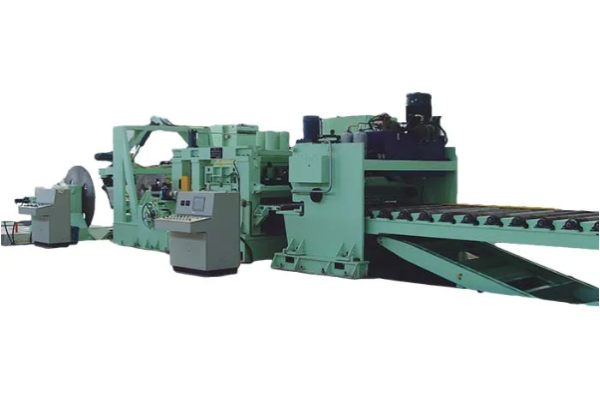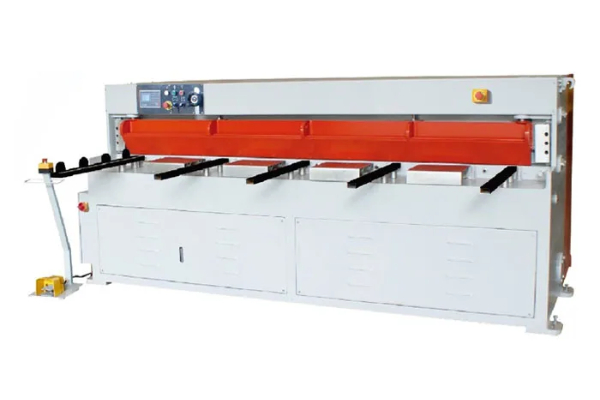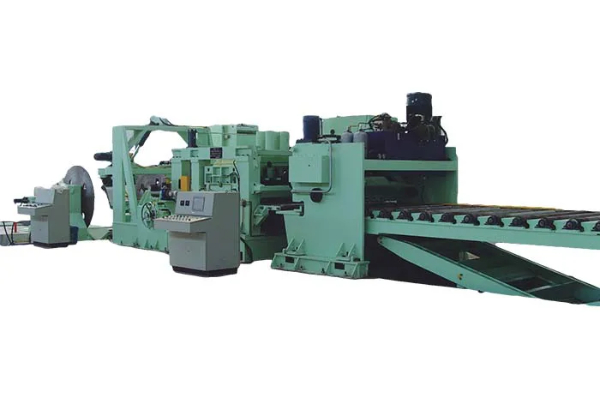
Understanding Automation in Flexible Duct Manufacturing
- By:Metmac
- 2024-06-24
- 174
Introduction
In the competitive manufacturing landscape, automation has emerged as a transformative force, revolutionizing industries across the board. Understanding Automation in Flexible Duct Manufacturing unveils the intricate intricacies of this technological advancement, delving into its multifaceted impacts on the industry and beyond.
Enhanced Productivity and Efficiency
Automation has the transformative potential to dramatically enhance productivity and efficiency in flexible duct manufacturing. By leveraging robotic systems and advanced software, manufacturers can:
Automate repetitive tasks like cutting, shaping, and assembling, freeing up human workers for more complex operations.
Optimize production schedules, reducing downtime and increasing overall output.
Implement real-time monitoring and control systems, ensuring consistent quality and minimizing production errors.
Reduced Labor Costs and Improved Safety
Automation can significantly reduce labor costs, a major expense in manufacturing. Automated machines can perform tasks faster, more accurately, and with less downtime compared to manual labor. This cost savings can be reinvested in other areas of the business, or passed on to customers as lower prices.
Moreover, automation enhances workplace safety by eliminating or reducing human exposure to hazardous processes. Robots and automated systems can handle heavy materials, operate in dangerous environments, and perform tasks that are physically demanding for humans.
Improved Product Quality and Consistency
Automated systems ensure consistent product quality by eliminating human error and variability. Precision cutting, shaping, and assembly processes guarantee that ducts meet exact specifications, reducing the likelihood of defects and costly rework.
Automated quality control systems can continuously monitor and test products, ensuring that they meet required standards. This proactive approach minimizes the risk of subpar products reaching customers.
Data-Driven Optimization and Decision-Making
Automation provides manufacturers with valuable data that can be leveraged for optimization and informed decision-making. Advanced software systems collect real-time data on production parameters, equipment performance, and material usage.
This data can be analyzed to identify areas for improvement, such as optimizing process flow, reducing waste, and maximizing equipment uptime. Data-driven insights empower manufacturers to make informed decisions that enhance productivity and profitability.
Sustainability and Environmental Impact
Contrary to popular belief, automation can positively contribute to sustainability and reduce environmental impact. By optimizing production, minimizing waste, and improving energy efficiency, automated systems can contribute to a more sustainable manufacturing process.
Advanced manufacturing techniques, such as additive manufacturing and 3D printing, allow for the creation of lightweight and energy-efficient ducts, further reducing the environmental footprint.
Conclusion
Understanding Automation in Flexible Duct Manufacturing reveals the transformative power of this technology, empowering manufacturers to achieve enhanced productivity, reduced costs, improved quality, and data-driven decision-making. By embracing automation, the flexible duct manufacturing industry can adapt to the challenges of the 21st century and remain competitive in the global marketplace.
-
Advanced Sheet Metal Rolling, Cutting, and Folding Machines for Efficient Fabrication
2025/10/22 -
High-Precision Sheet Metal Bending and Cutting Solutions for Modern Manufacturing
2025/10/22 -
High-Precision Solutions from Leading Sheet Metal Cutting Machine Manufacturers
2025/09/11 -
Reliable Sheet Metal Equipment for Sale to Support Precision Fabrication
2025/07/17
-
Advanced Sheet Metal Rolling, Laser Cutting, and Folding Machines for Precision Fabrication
2025/10/31 -
High-Performance Sheet Metal Bending and Cutting Machines for Modern Fabrication
2025/10/31 -
High-Quality Sheet Metal Equipment for Sale: Efficient Solutions for Modern Manufacturing
2025/10/31 -
High-Performance Sheet Metal Equipment for Sale: Forming and Shearing Solutions for Modern Fabrication
2025/10/22
-
Integrating Automation with Rectangular Duct Machines for Enhanced Productivity
2024/05/11 -
Metal Shear Machines- Essential Tools for Precision Metal Cutting
2024/05/11 -
Understanding the Role and Function of Steel Strip Slitting Machines
2024/05/11 -
Maintenance Tips for Longevity of HVAC Duct Machines
2024/05/11
-
A Guide to the Latest Innovations in Sheet Metal Folding Machines
2024/11/29 -
Key Features to Consider When Investing in a Sheet Metal Folding Machine
2024/11/28 -
Enhancing Precision with Advanced Sheet Metal Folding Machines
2024/11/27 -
How to Choose the Right Sheet Metal Folding Machine for Your Workshop
2024/11/26






